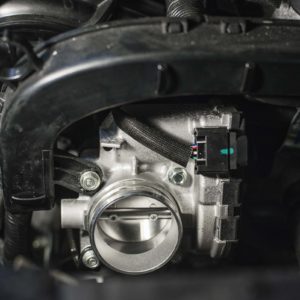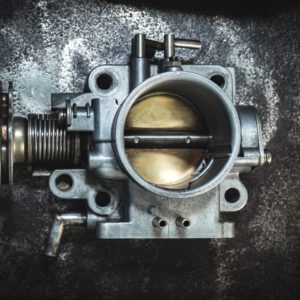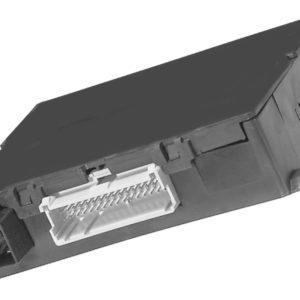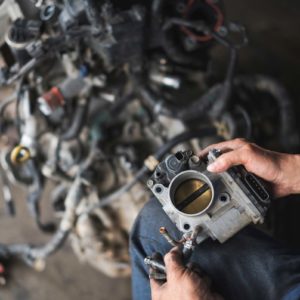The throttle position sensors measure how far open the throttle valve is opened by the throttle pedal. Meanwhile, the accelerator pedal position sensors detect the driver’s inputs on the accelerator pedal. The electronic throttle actuator control module uses this information when determining how much to open or close the electronic throttle body. If the electronic throttle actuator control module fails to communicate over the vehicle’s data network, code U0107 might be set.
What Does the U0107 Code Mean?
Diagnostic trouble code (DTC) U0107 code is defined as Lost Communication with Throttle Actuator Control Module. This code is triggered when the throttle actuator control (TAC) module can’t communicate with other vehicle modules.

The controller area network (CAN) bus allows vehicle modules to communicate with one another. The U0107 code might be triggered because the TAC module can’t send or receive data over the CAN bus.
This problem can result in major drivability issues because your vehicle might not respond to your throttle inputs.

Note: The definition of the U0107 code can be different depending on the vehicle manufacturer. Consult the appropriate repair manual or repair database for the exact code definition.
What are the Common Causes of the U0107 Code?
These are the most common issues related to the U0107 code:
- Faulty CAN bus wiring
- Dead battery
- Faulty TAC control module
- Faulty TAC control module wiring
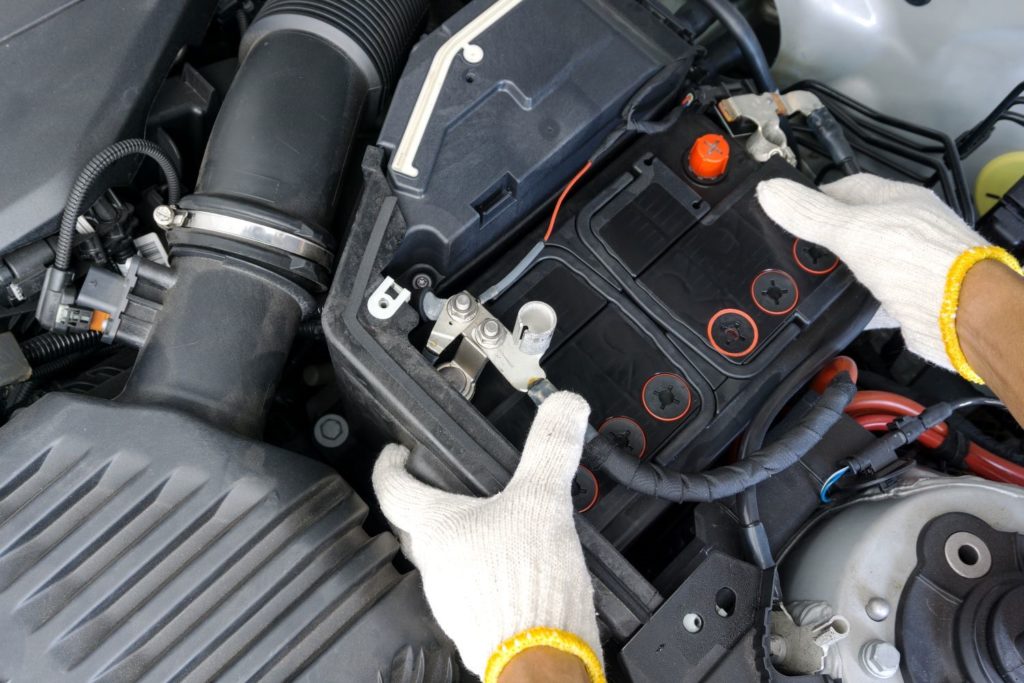
What are the Common Symptoms of the U0107 Code?
Your vehicle might exhibit the following symptoms when the U0107 code is stored:
- Illuminated check engine light
- No throttle response
- Illuminated throttle control indicator
- Vehicle stuck in “limp” mode
How to Diagnose the U0107 Code
Even though the U0107 code’s definition indicates that your vehicle’s TAC module has issues, you still need to properly diagnose the concerned parts before performing any kind of repairs. Aside from the TAC module, there are several components that might cause the issue.
Keep in mind that vehicle designs and wiring layouts vary, and their respective repair procedures will also vary depending on the manufacturer. Diagnosing the concerned components might require special knowledge and tools.
If you aren’t familiar with vehicle repair, take your car to a mechanic for a proper diagnosis. Otherwise, you can consult online video resources to learn more about the code.
How to Fix the U0107 Code
Before attempting to do any repairs, know that the repair processes for OBD-II trouble codes can vary greatly. There’s no single way to cure the problems causing any DTC because different vehicle models are designed differently. If you don’t have much experience troubleshooting DTCs, then we recommend leaving the task to a professional mechanic.
You can try to do the job yourself, but you need to make sure to know the vehicle-specific repair procedures before you get started. Luckily, this information is available online. Chilton repair manuals or a subscription to an online repair database like ALLDATA DIY can give you information on the correct diagnostic and repair procedure to clear diagnostic trouble codes like the U0107 code.
Any information provided on this Website is for informational purposes only and is not intended to replace consultation with a professional mechanic. The accuracy and timeliness of the information may change from the time of publication.



